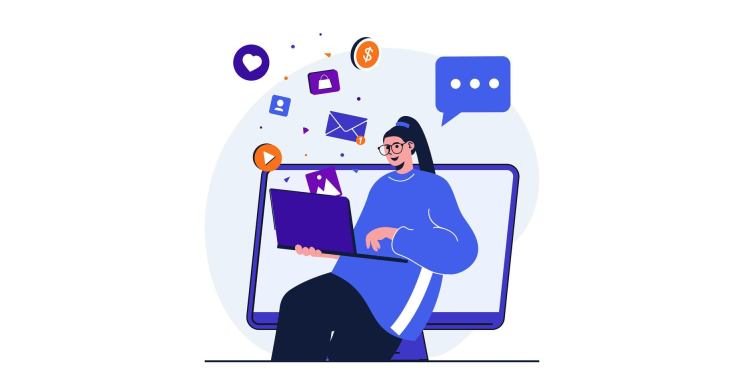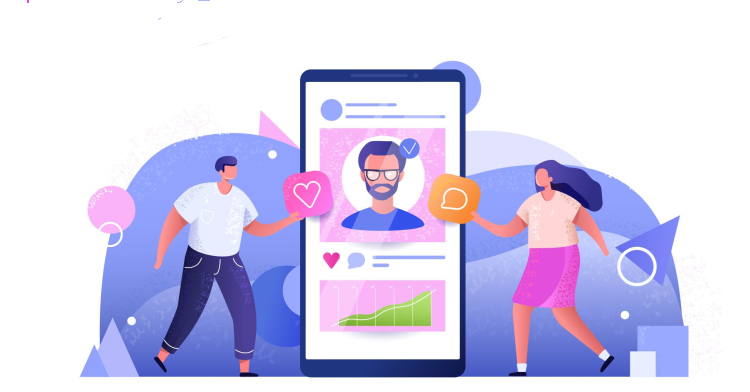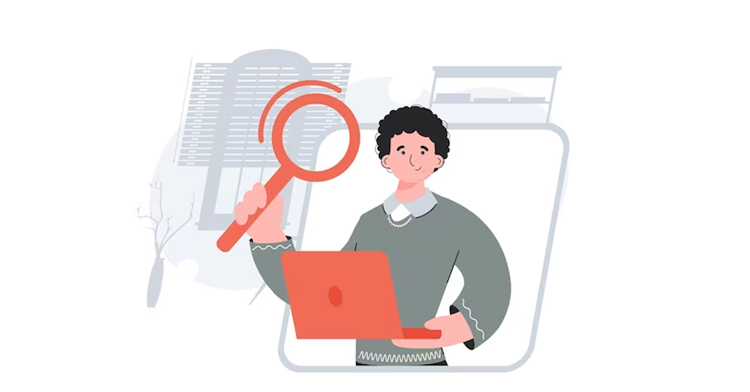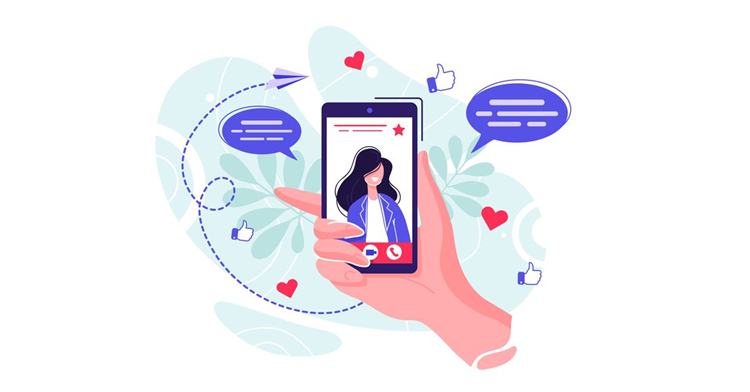Transform workplace communication with social media — unlock real-time collaboration, informal recognition, and stronger employee connections to foster a more engaged and dynamic team.
1. Social media can enhance workplace communication by fostering personal connections, improving collaboration, and facilitating informal employee discussions.
2. It also adds value to employee recognition by making achievements visible and appreciated across the organization, boosting motivation and engagement.
3. It can support faster and more inclusive decision-making, improving productivity and engagement.
4. Instead of banning social media, organizations should incorporate it into their communication strategy and set boundaries to harness its potential for building a positive work culture.
Organizations have been focusing on leveraging social media for business growth and promotion. However, they often overlook the potential of social media for effective communication at the workplace and for strengthening employee-to-employee relationships.
Social media can play an important role in bringing the workforce closer together and enhancing collaboration and communication between employees. It can also simplify the process of information sharing besides encouraging enhanced employee engagement.

More often than not, an organization’s lack of interest in harnessing social media stems from its fear that employees will misuse it.
Often, organizations believe that giving employees freedom to use social media at the workplace can reduce their efficiency and productivity.

They believe that employees would spend a significant amount of time interacting with their friends and updating their status on social networking sites.
Hence, it would adversely impact their productivity and efficiency.
Many organizations have completely banned access to social media for their employees, which can be counterproductive.

Moreover, most employees access social media through smartphones, so banning such access on the corporate network may not be an effective measure.
So rather than curbing social media usage, organizations should find ways to use it for effective workplace communication.
Social media platforms can help improve workplace communication and contribute to developing a positive work culture in different ways:
Here are a few of the ways:

The various social media platforms offer an informal environment for employees to connect and interact on a personal level.
Hence, it makes it easier for coworkers to connect and build strong bonds.
Employees find it easier to share ideas and opinions with co-workers, with whom they already interact freely on social media.
It, in turn, leads to improved coordination and collaboration among employees, particularly those working in different teams within the organization.
For example, employees in different teams may learn from Facebook that they share similar hobbies or interests.

Utilizing social media to acknowledge employee efforts and achievements enhances the overall value of the process.
It can also open up channels of communication between coworkers.
When employees are congratulated by their peers on social media, it enhances their motivation significantly. It also increases their willingness to interact with less familiar co-workers.
This results in breaking down barriers between individuals and teams, while also enhancing overall workforce engagement.
For example, when an employee shares a post on LinkedIn about a recognition they received, it often receives many likes and comments from coworkers and even former colleagues.

Employees often find it challenging to discuss work-related issues formally with coworkers or supervisors.
Hence, in such cases, social media sites provide a good platform to discuss such issues informally with the concerned people.
The very nature of social networking sites makes it easier for them to have an informal conversation about serious work issues.
A significant chunk of the corporate workforce already does this through WhatsApp or Facebook Messenger.

Organizations can also consider building internal social networks to enhance corporate communication, saving time and money.
These internal networks can help in online meetings, discussions, and other purposes.
This can facilitate faster decision-making and also enhance the overall productivity of the workforce.
It can also serve as an effective forum to increase employee involvement by soliciting opinions and feedback.
Most organizations often use WhatsApp and other social media platforms for communication and collaboration.

Social media can be a great source of valuable information for employees to share with their coworkers.
They can connect with experts to get advice and opinions on challenging technical or business problems.
Also, by sharing this information with their teams, they can spread the knowledge further.
It, in turn, can help develop the workforce’s capability and effectiveness.
Employees sharing articles of common interest on LinkedIn or Twitter can help improve the organization’s overall knowledge and capability.

Additionally, social media can enable employees to unwind and refresh their minds without straying too far from their workstations.
They can enjoy such breaks without disturbing their coworkers or indulging in other useless activities.
Most importantly, any data gathered during such breaks can improve employee communication at the workplace.
This information can be used by employees to share a laugh, improve general knowledge and even to simply entertain one another.
Hence, it can help create an informal work environment and make employees more comfortable spending long hours at work.

Organizations need to establish clear boundaries for social media usage—the Dos and Don’ts—as part of their policy and closely monitor their employees’ usage.
Social media is here to stay and is an essential aspect of almost every employee’s life.
Most organizations have overlooked the potential of social media for effective communication in the workplace.
They should utilize social media to foster greater freedom of expression among employees.
It can help them develop a great workplace culture based on mutual trust, understanding, and team spirit.

Rather than shutting it down, organizations are better off incorporating social media into their communication strategies. It can foster personal connections, enhance team collaboration, and support informal, helpful discussions among employees.
By making employees’ achievements visible across various platforms, social media enhances motivation and engagement through public recognition.
Social media enables faster and more inclusive discussions, helping teams reach decisions quickly and increasing overall productivity and engagement.
Many organizations worry about misuse and productivity loss. But banning access—especially on networks—is ineffective when employees use personal devices. Organizations should instead regulate, not eliminate, social media use to leverage its benefits.
Social media facilitates real-time communication, instant feedback, and cross-departmental collaboration—creating stronger internal connections and enabling faster problem-solving.
Yes—unregulated use may cause distractions, reduce productivity, and expose the organization to cybersecurity issues. Companies must use social media strategically and with clear guidelines.
Organizations can implement comprehensive social media policies, train employees on responsible use, and promote positive practices—like sharing successes and updates. This balance boosts trust and shields brand integrity.
Rather than completely banning social media usage, organizations should look to make social media integral to their internal communication policy. Such a measure can provide a multitude of benefits for the organization.

Lead author: Sagar Chaudhuri, the Co-Founder and CEO of HiFives. He is an HR Tech Evangelist with over 25 years of experience in both corporate and entrepreneurial settings. Previously, Sagar has held leadership roles with companies such as Genpact, Infosys, and ICICI Bank. He has an engineering degree from IIT Kharagpur and an MBA from IIM Lucknow. Connect on LinkedIn
To stay updated on the latest HiFives blogs, follow us on Twitter (@MyHiFives)